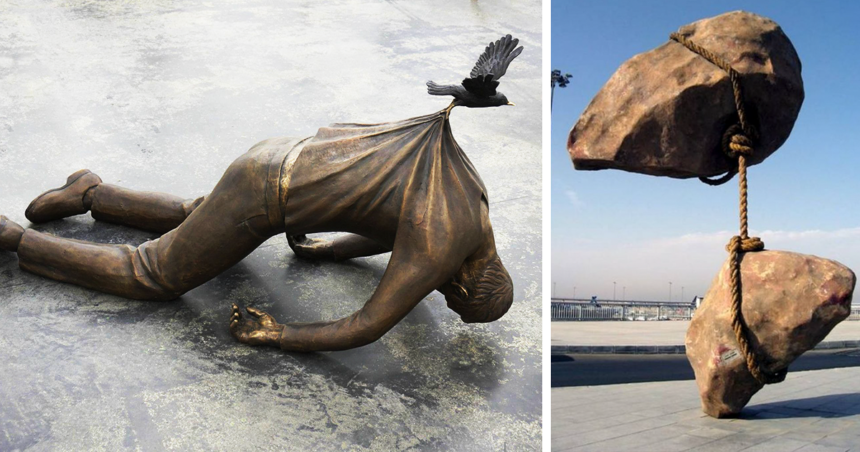Defying Gravity : From the legendary Spruce Goose to the colossal Antonov An-225, this article delves into the captivating stories of the largest airborne entities. Witness the tragedy of the Hindenburg, discover prehistoric avian giants like Pelagornis sandersi, and marvel at the pterosaur titan, Quetzalcoatlus.
Defying gravity : Introduction
Defying gravity : The allure of flight has captivated human imagination for centuries, leading to the creation of some truly remarkable flying machines. From massive airplanes to colossal helicopters and even prehistoric birds, the skies have witnessed a diverse array of airborne giants. In this article, we explore seven of the biggest things that have ever defied gravity, each with its own unique story.
ALSO READ : Why Does Salt Melt Ice : A Deep Dive Into Freezing Point Depression
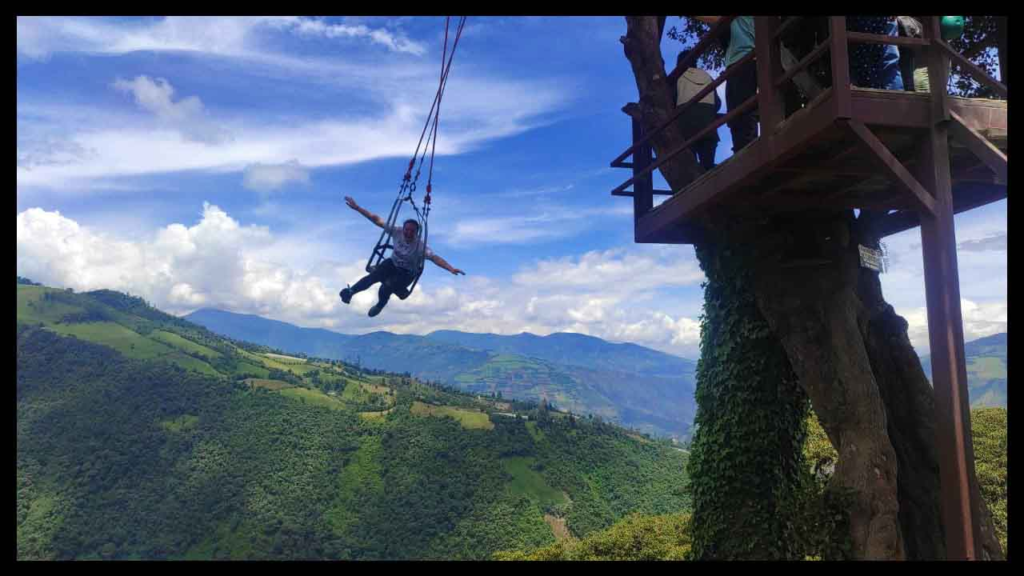
Spruce Goose : A giant in the air
Defying gravity : Officially designated the H-4 Hercules, the Spruce Goose earned its nickname despite being primarily constructed from birch. Conceived during the Battle of the Atlantic in World War II, this eight-engine flying boat was designed as a troop transport. However, it only made its first and final flight on November 2, 1947, over two years after the war had ended. Piloted by Howard Hughes, the Spruce Goose holds the title of the largest airplane ever built. In 2016, Microsoft co-founder Paul Allen unveiled the Stratolaunch, a potential successor with a wingspan surpassing even the Spruce Goose.
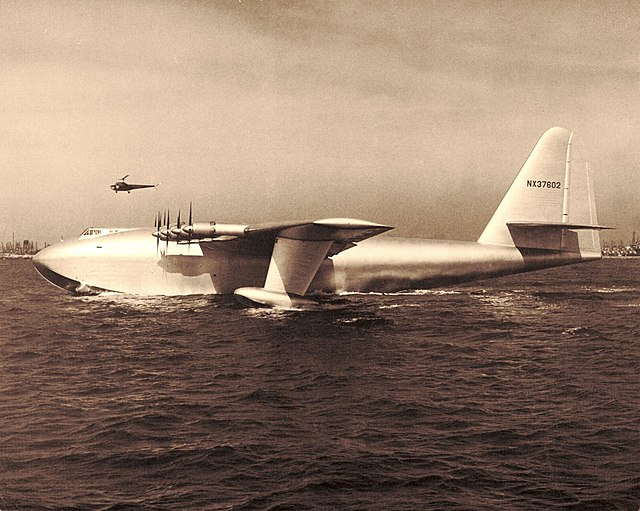
Antonov An-225 : The colossus of the skies
Defying gravity : The Antonov An-225 Mriya stands as the largest aircraft in operation today. Originally intended as a carrier for the Soviet space shuttle, it was repurposed after the collapse of the Soviet Union. This massive cargo plane, powered by six turbofan engines, boasts a maximum takeoff weight of over 600 tons, equivalent to two Statues of Liberty and 1,500 tourists in “I Love NY” T-shirts.
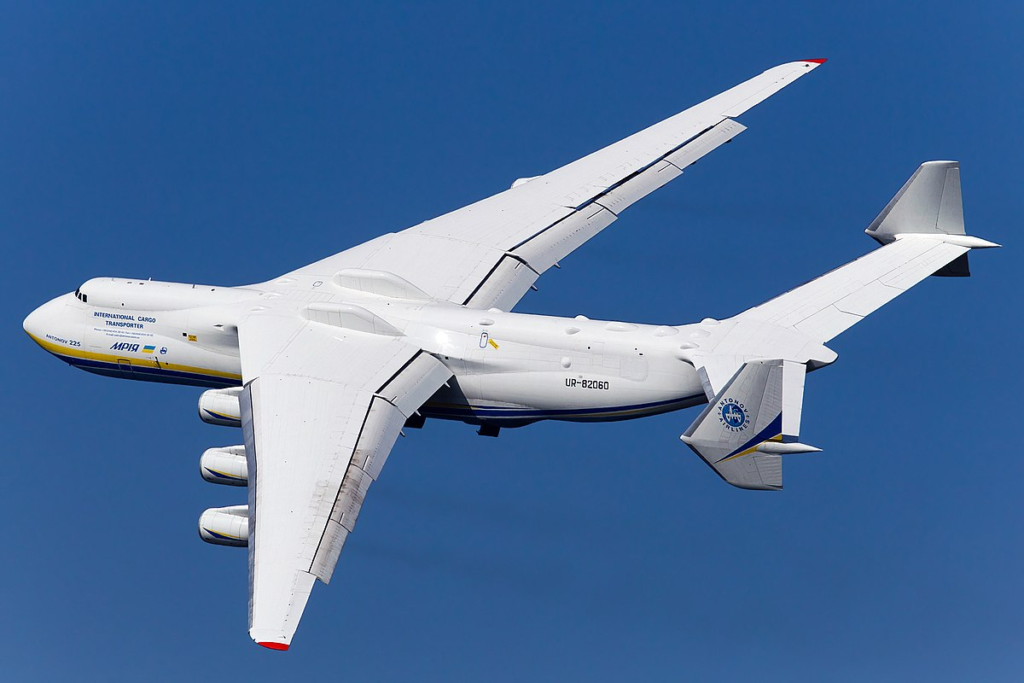
Mi-26 : A Soviet titan in the air
Defying gravity : The Russian Mi-26 claims the title of the world’s largest helicopter in current production. With lift capabilities comparable to the U.S. C-130 cargo plane, this twin-turbine eight-rotor helicopter can vertically take off with loads up to 20 tons, surpassing the operational range of its fixed-wing counterpart.
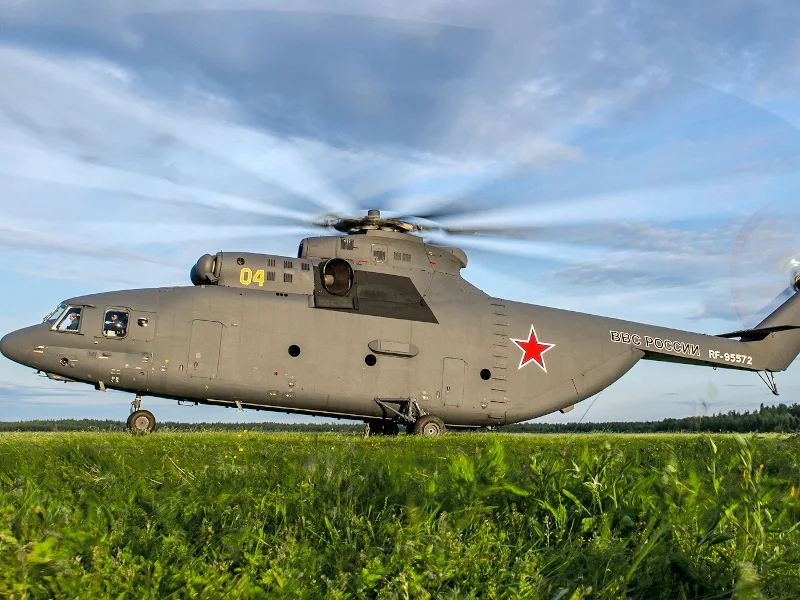
Hindenburg : The tragic end of airship era
Defying gravity : The Hindenburg, the largest rigid airship ever built, met its fiery demise in 1937, marking the end of an era in commercial airship travel. Herb Morrison’s radio broadcast immortalized the tragedy with the famous words, “Oh, the humanity!” The Airlander 10, a modern “hybrid air vehicle,” signals a renewed interest in airships but pales in comparison to the colossal Hindenburg.
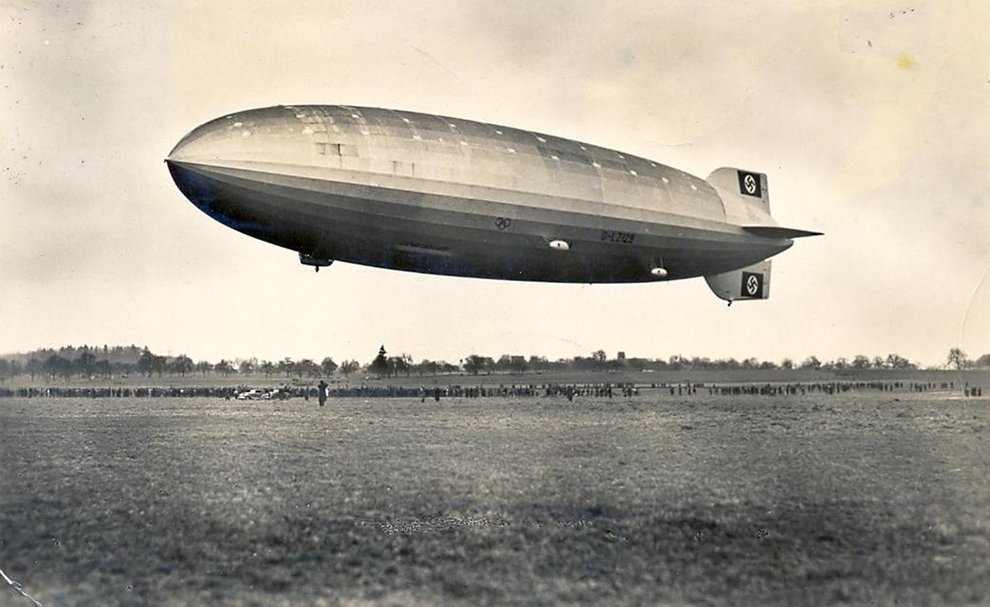
Pelagornis sandersi : A prehistoric avian giant
Defying gravity : In the Tertiary Period, the skies were ruled by Pelagornis sandersi, the largest bird ever known to take flight. With a wingspan that might have reached an astounding 24 feet, this ancient avian creature shattered preconceptions about the size limits of flying birds.

Quetzalcoatlus : The pterosaur titan
Defying gravity : During the Cretaceous Period, the largest flying reptile, Quetzalcoatlus, soared through the skies. Named after the Meso-American god Quetzalcóatl, it boasted a wingspan of 35 feet—rivalling that of a Supermarine Spitfire. This colossal pterosaur was a true giant of the prehistoric skies.
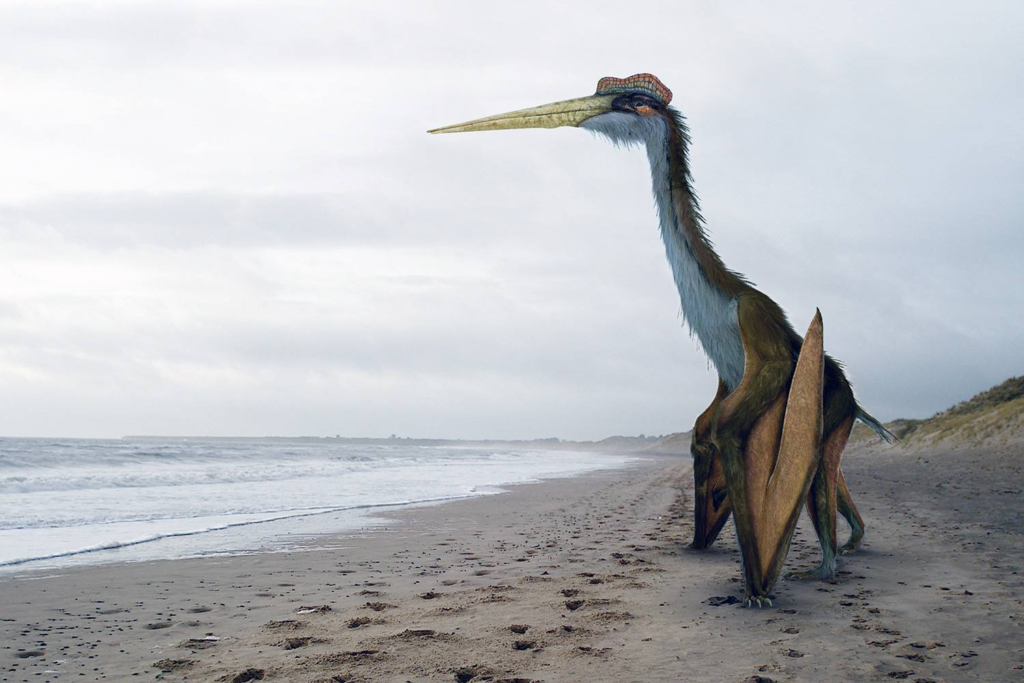
Dobsonfly : Earth’s largest flying insect
Defying gravity : In the insect world, the dobsonfly takes the crown for the largest flying insect ever recorded. Unveiled by the Insect Museum of West China in 2014, this specimen, with a wingspan exceeding 8 inches, surpassed its South American damselfly predecessor. While dwarfed by ancient dragonflies from the Carboniferous Period, the dobsonfly remains an impressive airborne insect.
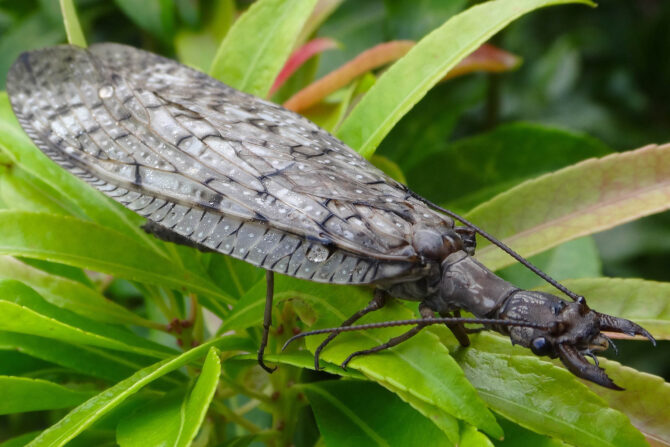
Conclusion
Defying gravity : These colossal flying entities, spanning different eras and forms of flight, remind us of the boundless human fascination with defying gravity. From the grandeur of massive airplanes and helicopters to the awe-inspiring prehistoric birds and insects, each contributes to the rich tapestry of aviation history, leaving an indelible mark on our understanding of the skies above.
To explore more news : Click Here
ALSO READ : Jaswant Singh Rawat : The Valiant Soldier Who Defended India Against Chinese Forces In 1962







